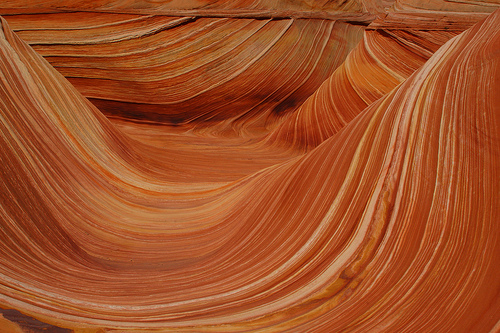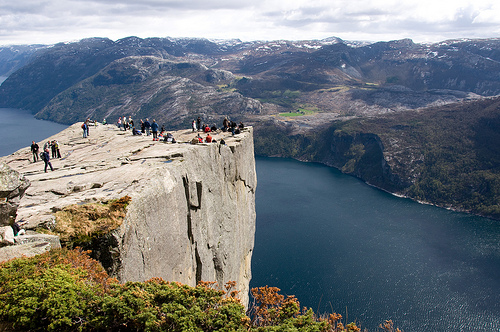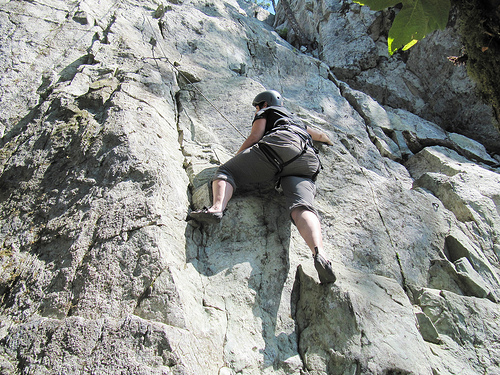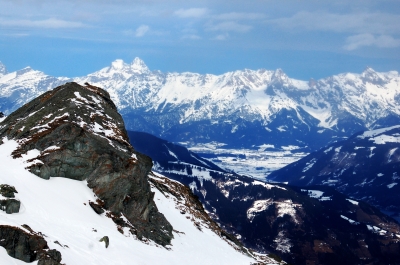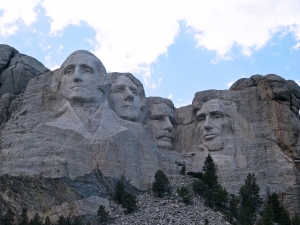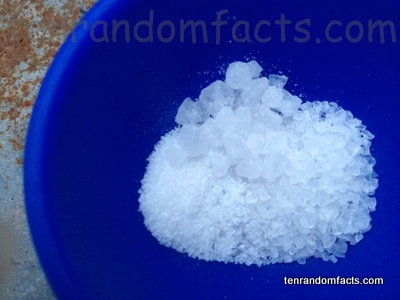
Can you pass the salt, please?
- ‘Salt’ is also known as ‘table salt’, ‘common salt’, and ‘sodium chloride’, and depending on where it was sourced, ‘rock salt’ or ‘sea salt’.
- Salt is a chemical mineral that is produced in saltwater lakes, rivers and seas (sea salt), and it can also be found in the sedimentary layers of dried-up lakes, or ‘halite’ as the mineral is called (rock salt), from where it is mined.
- Salt is made of the elements sodium and chlorine, and when combined they make ‘sodium chloride’ or ‘NaCl’.
- Salt is an important ingredient in a balanced diet and in human health, although the recommended daily intake is no more than a teaspoonful, or 4 g (0.14 oz), but most people who eat processed food, will consume much more than that each day.
- Too much salt can increase the risk of heart disease or the risk of stroke, as well as increase blood pressure and can cause other health issues.
- Salt can be used as a food preserver, and was commonly used for this purpose before refrigerators were invented and before canning became popular.
- Salt is typically small, white or clear coloured cubes, that may be tinted purple, blue or other colours due to contaminants.
- In history, salt was a vital commodity, and essential to many communities’ survival, due to the need to preserve food to get through winter and bad seasons, and for this reason it has been used as money, and at one stage, was worth as much as gold.
- Table salt is a popular addition to processed foods and is a popular seasoning.
- Out of the total salt production on earth, only 6% is consumed by humans, while 68% is used in manufacturing processes, which includes the making of plastics, detergents and soaps, and numerous other products.
Bibliography:
Salt, 2011, Better Health Channel, http://www.betterhealth.vic.gov.au/bhcv2/bhcarticles.nsf/pages/Salt
Salt, 2013, Wikipedia, http://en.wikipedia.org/wiki/Salt






